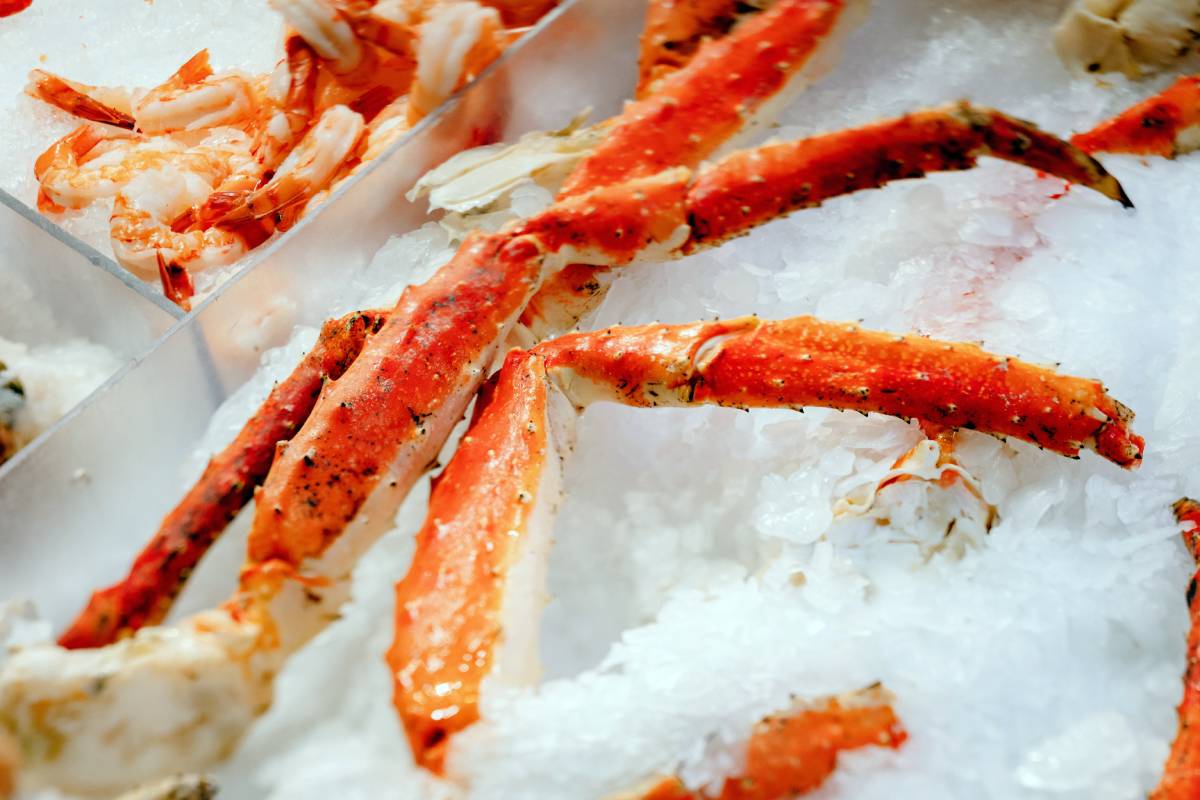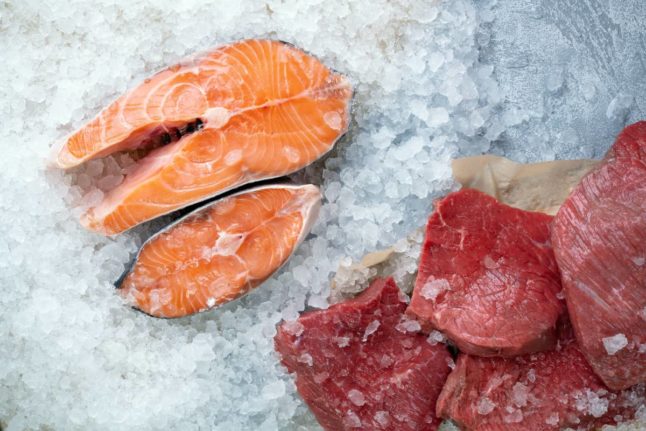Despite its emphasis on fresh, high-quality ingredients and traditional preparation methods, Norwegian cuisine and foods might not be on everyone’s map.
READ MORE: Does Norwegian food deserve to be ranked the worst in the world?
However, both have been steadily gaining recognition in recent years.
From iconic dishes using Norwegian salmon and cod to the unique flavours of Norwegian cheeses, shellfish, and reindeer meat, Norway offers a diverse and delicious culinary landscape.
But which Norwegian foods can be broadly considered to be among the best in the world?
Cheese
In a world where cheese connoisseurs typically turn to France, the Netherlands, and Britain, Norway’s exceptional cheeses have established themselves as world-class contenders, continually surprising and delighting with their unique flavours and quality.
READ MORE: The best Norwegian cheeses you need to try
At the 2023 World Cheese Awards held in Trondheim, Norway, Nidelven blå, a blue cheese made from pasteurised cow’s milk on a local farm, claimed the top spot, surpassing over 4,500 other cheese entries. During the occasion, Norwegian Agriculture and Food Minister Geir Pollestad proclaimed Norway as a “world-class cheese nation.”
Another Norwegian cheese, Fana cheese, achieved global recognition by winning the world’s best cheese title in 2018, outshining thousands of other competitors.
These and other achievements showcase Norway’s excellence in cheese production, solidifying its place among the world’s finest cheese producers.
Salmon
The global popularity of Norwegian salmon results from a combination of factors, including its pristine aquatic environments, sustainable practices, high-quality feed, traceability, low environmental contaminants, innovation in processing, efficient distribution, and the food’s versatility in the kitchen.
These factors not only make Norwegian salmon a sought-after delicacy but also a symbol of quality and responsibility in the seafood industry.
One of Norway’s most iconic dishes, gravlaks, features thinly sliced salmon. To prepare gravlaks, fresh salmon is cured with a mixture of salt, sugar, and dill and then left to marinate for several days.
The result is a delicacy with a tender texture and a delicate balance of flavours.
Cod
Cod is another seafood delight from Norway that plays a significant role in Norwegian cuisine. Norwegian cod is prised for its flaky white flesh and mild flavour.
It is a rich source of lean protein, essential nutrients, vitamins, and omega-3 fatty acids, offering health-conscious consumers a nutritious option that is both tasty and beneficial for their well-being.
Norway has a well-established network for exporting and distributing its cod globally. The country’s logistics and transportation systems ensure that Norwegian cod is readily available and reaches consumers worldwide.
Cod is versatile and can be prepared in numerous ways, including grilling, baking, or pan-frying, showcasing its adaptability in both Norwegian and international cooking.

Shellfish
Norway’s extensive coastline and cold, pristine waters are a haven for shellfish, including shrimp, mussels, and king crabs.
Norwegian shrimp, in particular, is celebrated for its sweet and succulent taste. It is often served as a topping on open-faced sandwiches, known as “rekesmørbrød”, or as a key ingredient in seafood salads.
The quality of Norwegian shellfish has earned it a well-deserved place on the world’s culinary stage.
Lamb
Norwegian lamb, raised in the country’s pastures and mountainous regions, is widely celebrated for its exceptional quality and flavour.
The free-range, grass-fed lifestyle of Norwegian lambs contributes to the meat’s tenderness and unique taste.
Lamb dishes like fårikål (lamb meat and cabbage), fenalår (air-dried, cured leg of lamb), and lammesteik (roasted lamb) are enjoyed by both locals and visitors alike and are particularly popular in the autumn months when lamb is in season.
Reindeer
Reindeer meat is a delicacy that holds a special place in Norwegian cuisine, particularly in the northern regions – and especially during the winter holiday season, when it is a feature of many traditional dishes.
Reindeer are indigenous to Norway and have been a vital source of sustenance for the indigenous Sami people for centuries.
The meat is lean, tender, and full of flavour, making it a sought-after ingredient for dishes like sautéed reindeer, usually served with lingonberry sauce and potatoes.
Cider
In recent years, Norwegian cider has been gaining recognition for its quality and craftsmanship.
The country’s apple orchards produce a range of artisanal ciders, each with its distinct character and flavour profile.
In 2019, at the renowned Sagardo Forum, a cider competition held in Spain, Norwegian cider received well-deserved recognition. Ulvik Frukt & Cideri, committed to crafting modern cider, secured the title of best in category. Additionally, Aakre Gård’s dedication to premium carbonated cider was recognised as it also won the best-in-category award.
The 2019 World Cider Awards also saw Norwegian ciders achieving remarkable success. Egge Gård cider, known for its outstanding quality, secured two gold and several silver medals. Furthermore, other Norwegian producers, such as Balholm AS and Ulvik Frukt & Cideri, earned silver medals.
“We believe that winning gold at the World Cider Awards shows that the world’s best ciders come from Norway! The victory is due to the wonderful Norwegian fruit and the hard work of the incredibly skilled team who help make this possible,” Marius Egge of Egge Gård AS said at the time.
Whether enjoyed on its own or paired with other dishes, Norwegian cider is a refreshing addition to the country’s many culinary offerings – so make sure to try some if you get the chance.



 Please whitelist us to continue reading.
Please whitelist us to continue reading.
Member comments